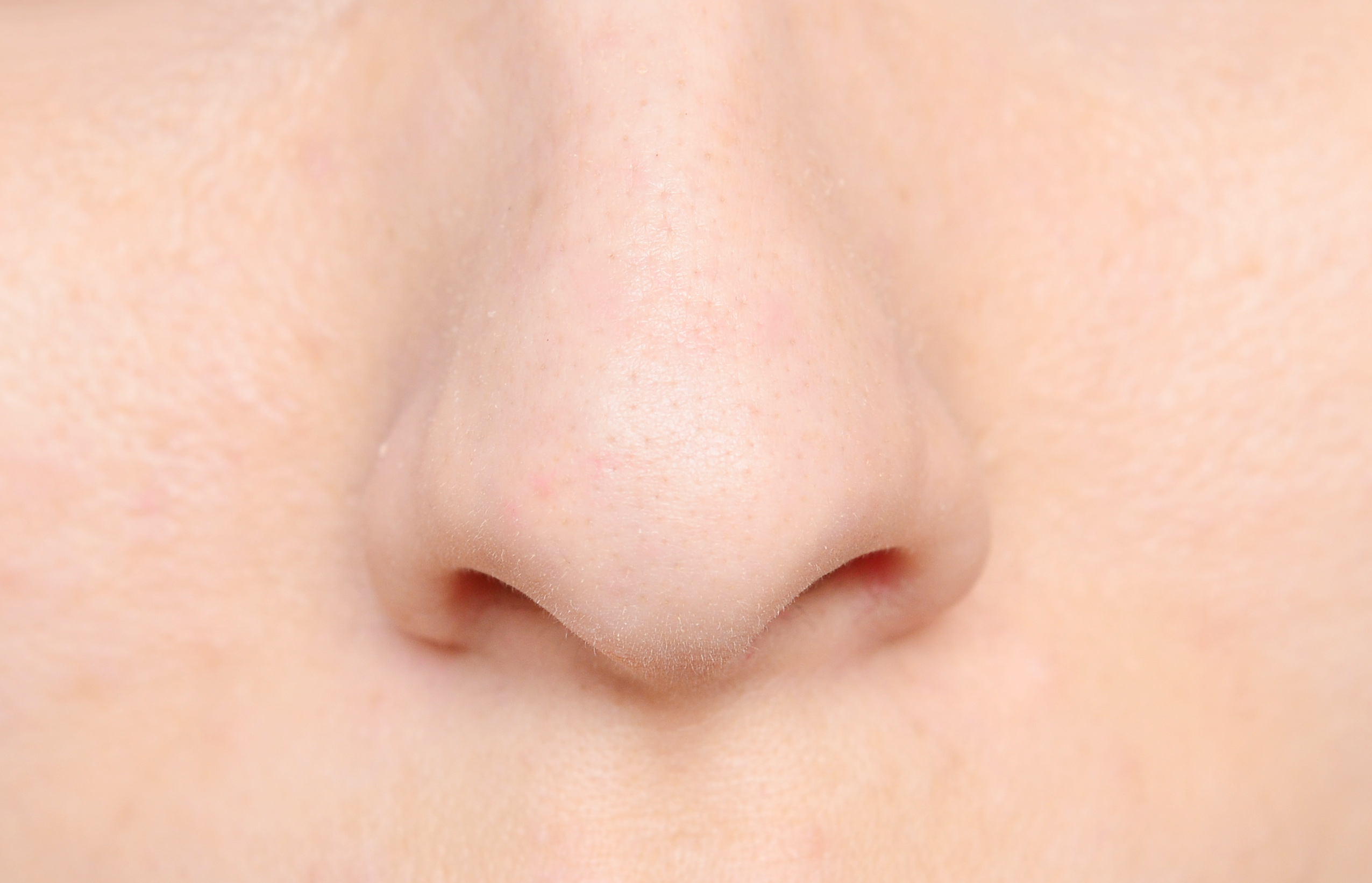Odours can be measured by analytical chemistry
Usually, it takes a nose to smell, but now – for the first time – scientists have developed a convincing model able to measure odours from pig farms by means of precise measurements of the content of odorants in the atmosphere.

How much and how bad does pig production facilities smell? Now we are able to answer this question by means of a technique developed by scientists from Department of Engineering, Aarhus University, in cooperation with SEGES. They have developed a model that is able to predict pig house odours. The model is based on measurements of odorants by means of the analytical technique PTR-MS.
Odour from pig houses may make you wrinkle your nose and causes substantial nuisance to pig farm neighbours. The fear of obnoxious odorants may also be a hindrance if pig farmers want to expand their herds.
Odour problems may be reduced by locating pig farms far away from neighbours or by using different technical abatement solutions such as different pig house designs or application of an air filter. A reliable measurement method is necessary in order to see if these solutions actually work.
Comparison of nose and chemical measurements of odorants
One measurement method is to get people to smell the air in a controlled atmosphere. Another method is to analyse the air to identify odorants that may cause obnoxious odours. Both methods have advantages and disadvantages, but the optimum method would be to be able to quantify the connection between the smell that the human nose experiences and the actual, measured amount of specific odorants in the air.
It would be even better if we were able to carry out the analyses on location at the pig farm; this way you can avoid having to bring bags of air back to the laboratory at the risk of “running out of air”, i.e. losing some of the odorants. By means of the new technique the highly variable sensory response from the human nose may be predicted based on the more precise chemical measurement of odorants.
Technology to replace the human nose
The results were achieved in a project funded by the Green Development and Demonstration Programme under the Ministry of Environment and Food of Denmark. The primary aim was to develop a model to measure the concentration of odorants based on on-site measurements. The scientists also aimed to identify significant odorants in order to assess odour emission from the pig facilities as well as the effect of technologies that reduce odour problems.
The scientists measured the odours on four different pig farms – using and not using odour abatement solutions, respectively. To this purpose, the scientists used a newly developed mobile odour laboratory equipped with a PTR-MS for measuring odorants and an olfactometer. An olfactometer is an instrument used to dilute the odour concentration when human panellists are to assess the odour.
A total of 115 simultaneous sensory and analytical-chemical odour measurements were carried out in the mobile laboratory. The results are very promising. The scientists found that phenols and indoles are important odorants to be included in the model to predict odorants. They further demonstrated that the model showed a high correlation between predicted and measured odour concentrations. Contrary to previous studies, this was achieved by applying an improved measuring method combined with on-site measurements.
For the first time is has been demonstrated that measurements of odorants in the air may be an alternative to dynamic olfactometry that can be applied for measuring odour from pig houses and the effects of odour abatement technologies.
You can read the article Multivariate prediction of odour from pig production based on in-situ measurement of odorants in the scientific journal Atmospheric Environment.
For further information please contact: Associate Professor Anders Feilberg, Department of Engineering, Aarhus University, e-mail: af@eng.au.dk, mobile: +45 3089 6099
